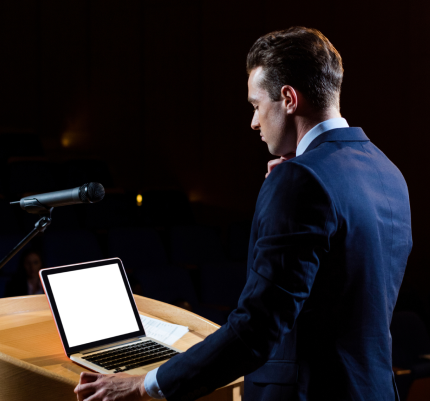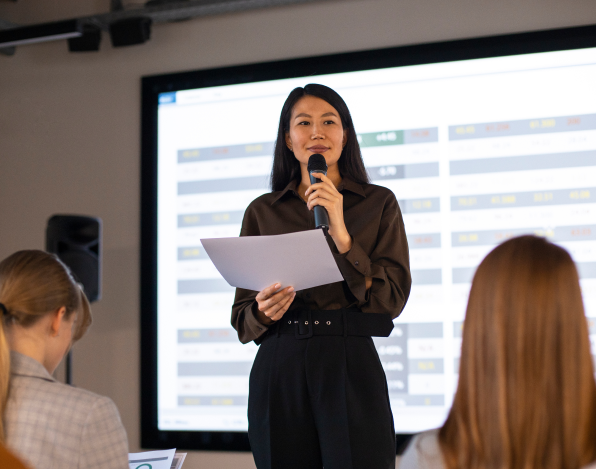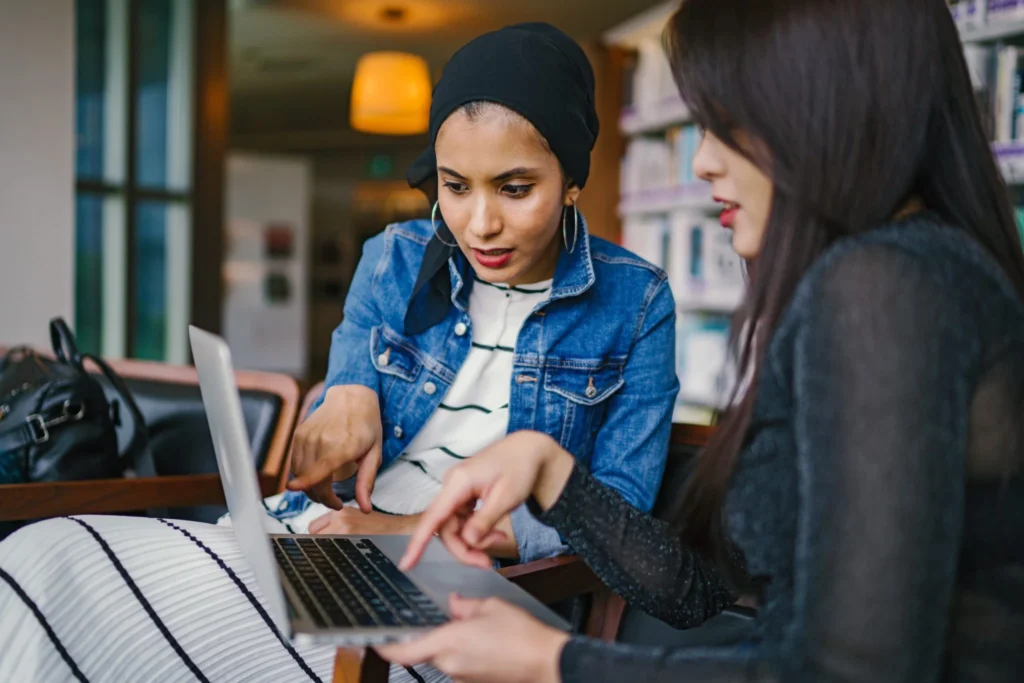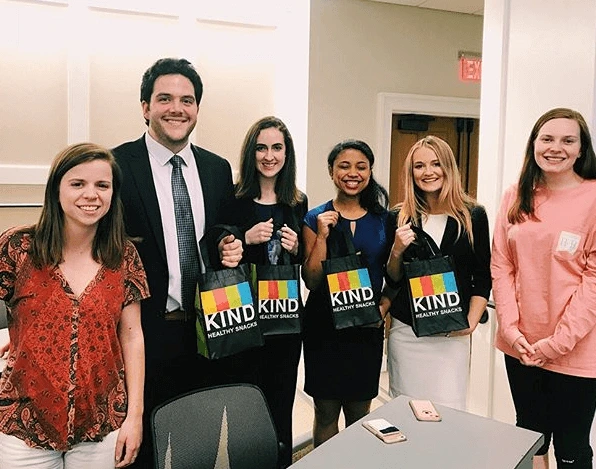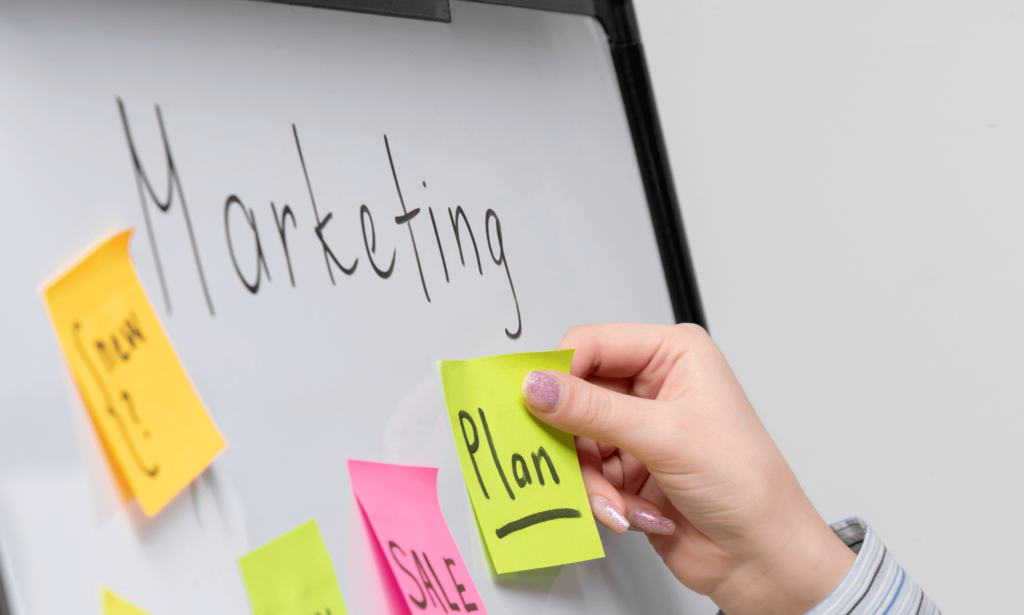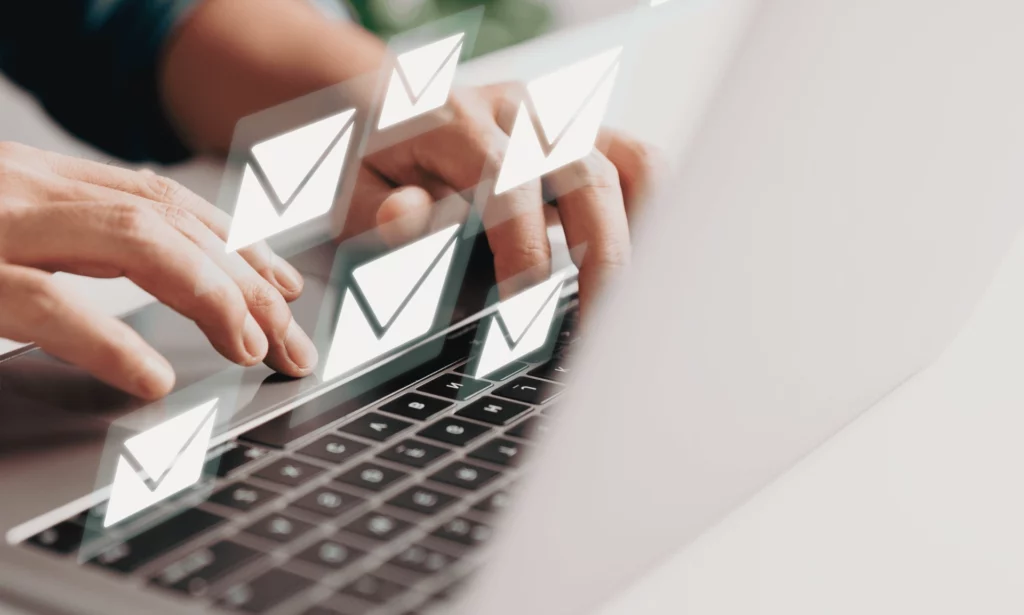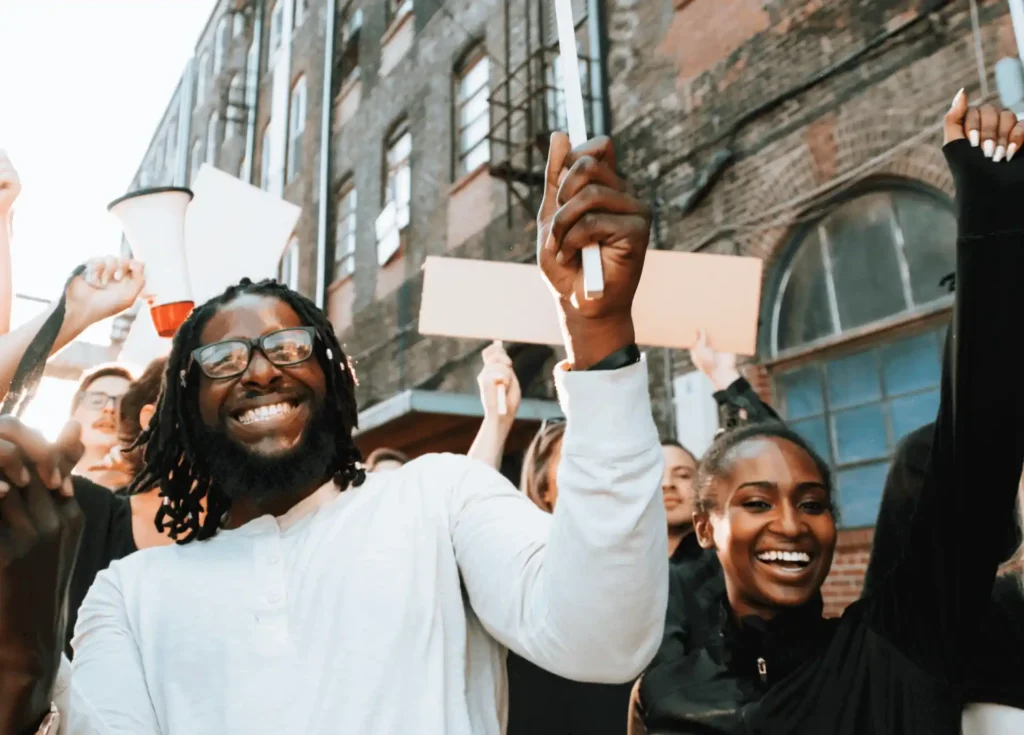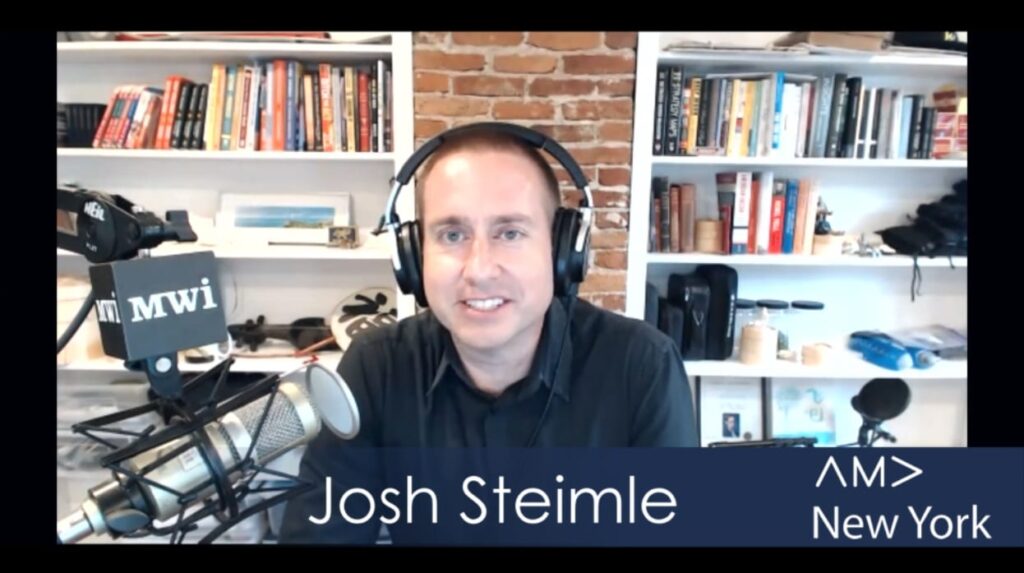Using LinkedIn can boost your career, enhance your influence, and grow your business. We spoke to Josh Steimle, author of 60 Days to LinkedIn Mastery and noted expert on personal brands. He offers advice on better using LinkedIn–with some surprising tips.
More on using LinkedIn:
LinkedIn Image Sizes and LinkedIn Text Limits Character Counts
Marketing Career Boot Camp: How to Stand Out on LinkedIn
Webinar:Refining your personal brand for the next phase of your career
Webinar:Build your brand from intern to professional
TRANSCRIPT:
Lisa Merriam:
00:03 Whether seeking new clients increasing your influence or finding a better job a strong personal brand can make a big difference
00:11 That’s why the AMA New York spoke to Josh Steimle He’s the creator of Seven Systems of Influence and the author of 60 Days to LinkedIn Mastery.
00:21 We asked Josh how he got started studying influence
Josh Steimle:
00:25 I fell into this by accident. I started my marketing agency in 1999 and kind of stumbled my way forward until 2013.
00:33 I got this opportunity to write for Forbes magazine and writing for Forbes generated a lot of attention and gave me a lot of influence.
00:41 I can now track over $10 million in revenue back to the articles I wrote for Forbes.
00:46 Writing for Forbes also led to opportunities like a book deal and speaking opportunities getting on a TEDx stage.
00:55 I stumbled into it, but then I got interested in well how does this influence work?
00:59 How can I create a system or a formula or a method around this?
01:03 That’s where the Seven Systems of Influence came from.
Lisa Merriam:
01:05 We asked Josh how to best use LinkedIn to build a strong personal brand
Josh Steimle:
01:11 One of the great things about LinkedIn is that anybody can be on it and it’s such a valuable platform.
01:16 It’s the only business focused social network out there. And actually when I was writing at Forbes I did a little experiment
01:21where I took articles I wrote at Forbes I copied them over to LinkedIn and posted them. Then I put a little link at the bottom saying this came from Forbes first.
01:30 I got more attention and more engagement on LinkedIn than I was getting on Forbes. When I saw that, I shifted my attention and I stopped writing for Forbes.
01:39 I started putting more content out on LinkedIn.
01:41 Anybody can do that. Anybody can publish on LinkedIn.
01:44 There are three areas to pay a lot of attention to because they show up everywhere.
01:49 This is your profile photo, your name and your title.
01:51 Let’s look at your photo first here, Lisa. This is good You’re not cutting yourself off so it’s not cutting your eyes off or your chin off.
02:00 The magic thing to look for on your profile photo is that people should be able to recognize you in real life based on the photo that they see here.
02:08 The second thing is your name, of course. Your name’s pretty easy to get right.
02:12 So you’ve got that and then the third thing here is your title. Your title it shows up everywhere.
02:17 If we look over here on the right and you see these other people, what’s showing up? Name, photo, title.
02:23 You don’t get your whole title here. You just show a part of it, so the first words that you say are really important.
02:29 The questions that you want to answer with your title are: Who are you?
02:33 What do you do?
02:34 Who do you do it for?
02:36 And what are the results that you get.
02:37 If you can fit all that in your title, then you’re gold.
02:39 For example, in yours you say: ”Driving revenue growth at the intersection of brand and content marketing.
02:45 There might be an opportunity here to shift that and say how can we move brand and content marketing to the beginning?
02:51 It makes it more impactful. People are more likely to say: “Hey, that’s what I’m looking for.”
02:55 What you really want to do is you want to pull them in your profile so that they’ll look at the “About” section down here.
03:02 Then you want to hook them so that they say: “I’ve got to read the rest of this about section.”
03:07 You’ve only got these first three lines here. What you really want to do here is you want to start telling a story because stories draw people in.
03:16 As you tell that story, then they’ll say: “I’ve got to click on this “see more” link and then you can really tell them all the details that you want to share with them.
03:24 Once you’ve got your profile optimized they’re two more steps.
03:28 The next one is to connect to quality people and build your network out.
03:32 Some people will say: “Oh, I only connect to people that I meet with.”
03:35 But you’re cutting yourself off from a huge potential network of people who want your content, who want to know you, who want to connect with you.
03:42 LinkedIn only allows you to connect to 30,000 people and that takes serious work and some time to do that.
03:48 What this allows you to do is then go and publish content and have a wider network of people who are going to see it.
03:55 Because the dirty secret with LinkedIn is that the way their algorithm works is that when you post something on LinkedIn they show it to maybe 3% of your network.
04:05 If you’ve got a thousand people, then you’re only showing it to 30 people.
04:09 If you’ve got 30,000 people, then you’re showing it to 900–a lot more people are going to see that content and be able to interact with that content.
04:15 As soon as somebody comments on something that you’ve posted, then LinkedIn says: “h this content’s hot we’re going to show this to more people.”
04:26 As you get comments, you get more attention and, of course, you’re going to get more comments if more people see that content to begin with.
04:33 What LinkedIn really likes are just the short plain text posts and video, and inviting people to comment on it.
04:40 Because it’s all about the comments. That’s how you get attention on LinkedIn.
04:45 If you can invite people to comment by asking questions and saying: “What do you think and here’s my ideas but I’d love to hear from others.”
04:51 When you invite a discussion that way, that can turn into a gold mine for you on LinkedIn.
04:55 Plain text posts on LinkedIn work because it feeds into their algorithm.
04:59 LinkedIn does not like links. For example, you find an article and you’re like, oh this is great article. My audience would really love this.
5:06 I’m going to go share this link on LinkedIn. But it’s not going to get any engagement you’ll see that you post that link and maybe two people will like it.
05:13 Nobody’s going to comment. The reason why is that LinkedIn does not show links because links take people off LinkedIn.
05:20 They don’t want to do that, so they don’t like links. They devalue them. They don’t show them to people in the feed.
05:25 If you ‘re posting links, you’re kind of wasting your time.
05:29 And images don’t perform that well. Maybe because they kind of look like advertisements and people tend to skim over them.
05:36 If you make a video—and this has to be native video, it can’t be a YouTube video that you paste the link then into LinkedIn—because again, that’s a link.
05:43 That kind of content will get lots of engagement on LinkedIn and it will change the whole game for you.
Lisa Merriam:
05:50 Thank you Josh for the practical tips on using LinkedIn to strengthen your personal brand.
05:55 Managing your profile and increasing your influence can make all the difference.
05:59 And that’s brilliance and marketing.


